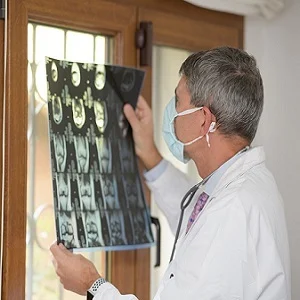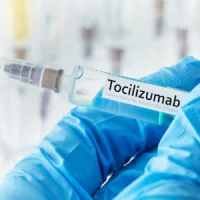Originating in Wuhan, China, COVID-19 soon spread throughout the
world and has been declared a pandemic by the World Health Organization. Italy
was the second country to be hit as hard as China, with a total of 222,104
cases and 31,106 deaths (at time of publication).
A study was conducted to understand the characteristics of neurological symptoms and neuroimaging features of COVID-19 patients admitted to hospitals across Italy. This was a retrospective, multicenter study design. Three major institutions in Italy were included in the study: University of Brescia, Brescia, University of Eastern Piemonte, Novara and University of Sassari, Sassari.
Inclusion Criteria
- COVID-19 patients who had tested positive by rRT-PCR (real-time reverse transcriptase polymerase chain reaction) on testing of respiratory secretions obtained from endotracheal aspirates, nasopharyngeal, oropharyngeal swabs, or bronchoalveolar lavage between February 29 to April 4, 2020.
- Acute neurological symptoms during stay at the hospital.
- Patients who had done any neuroimaging studies such as spine or brain imaging.
Study Results
Based on the inclusion criteria, 725 patients admitted to hospitals were reviewed, but only 108 patients actually met the criteria to be included in the study.
Total patients | 108 |
|
|
|
Examined with Non-Contrast Brain CT | 107 | 99% |
|
|
Head & Neck CT angiography | 17 | 16% |
|
|
Brain MRI | 20 | 18% |
|
|
Most common neurological symptoms
| Patients | Percentage |
Altered mental status | 64 | 59% |
Ischemic stroke | 34 | 31% |
Past medical history of patients
|
|
|
|
|
|
|
Patients with no known past medical history turned out to have the following symptoms Age range (16-62) | 31/108 | 29% |
| Patients with known medical history had at least one of the following symptoms | 77/108 | 71% |
Acute ischaemic infarcts | 10 |
|
| Coronary artery disease | 25 | 23% |
Intracranial haemorrhage | 2 |
|
| Cerebrovascular disease | 15 | 14% |
|
|
|
| Hypertension | 55 | 51% |
|
|
|
| Diabetes | 30 | 28% |
Findings on Brain CT
| Patients | Percentage |
No acute findings | 71 | 66% |
Acute abnormalities | 7 | 35% |
The association between the age of the patient and the presence of altered mental status was statistically significant. The more aged the patient, the more prone they were to altered mental status.
Summary of Results
- The study showed that while there was no discernable pattern of neuroimaging characteristics, there was a predominant presence of acute ischaemic infarcts and intracranial haemorrhages.
- Results, when compared to Wuhan, showed a lower occurrence of CNS symptoms (25% Wuhan vs. 15% Italy) but a higher occurrence of ischaemic stroke (31% Wuhan vs. 11% Italy).
- It is not clearly understood whether the presence of neurological symptoms is due to the severity of illness or a result of a direct invasion of CNS by SARS-CoV-2. There is some evidence that ischaemic stroke in patients with severe COVID-19 might be triggered by cytokine storm syndrome.
- There is evidence to suggest COVID-19 associated occurrence of Guillain-Barré syndrome (GBS) and some variants.
There is a strong need for neurologists and neuro-radiologists to better understand COVID-19-associated patterns in neuroimaging for better patient outcomes.
Source: Radiology
Image Credit: iStock










